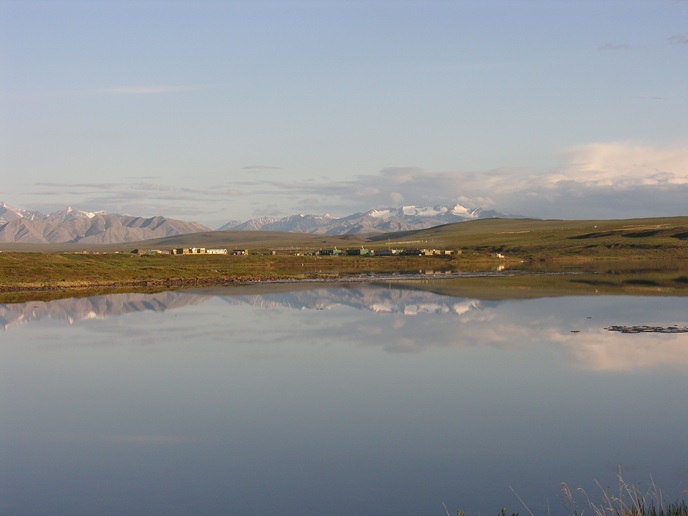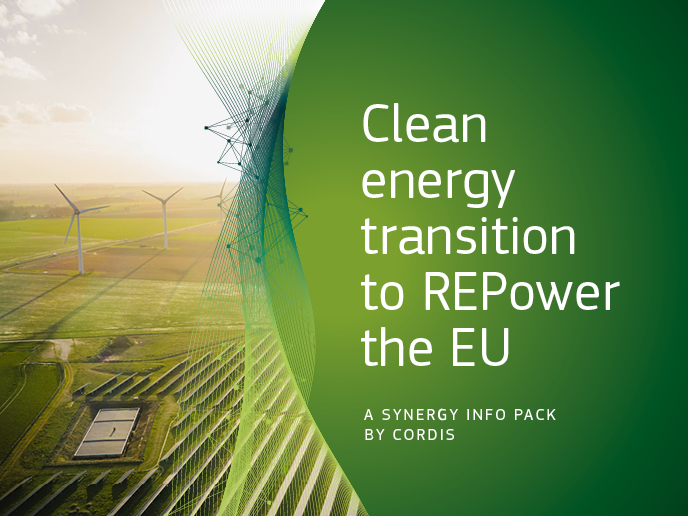Climate change researchers seek answers in palaeodata
In an era preoccupied with the crushing challenge of climate change, accurately predicting the impacts of anthropogenic greenhouse gas emissions is critical. Scientists limited to qualitative data can only create less-than-precise simulations; such imprecision in turn hampers climate change mitigation efforts.EU-funded researchers on the 'Quantifying Arctic responses to past climate change' (QUARCTIC) project proposed basing climate change response models on real-world palaeodata derived from ash layers and fossilised insects. In a novel study, they analysed prehistoric soils from Europe, North America and Russia.The project analysed sedimentary soil samples containing chironomids, an environmentally sensitive fossilised insect. The objective was to determine whether such samples could be used to reconstruct a Palaeolithic temperature record. While the scientists were optimistic about the fossilised insects initially, they opted for another method based on dating ancient ash layers (tephrochronology). Known as tephra, ash emitted by volcanoes can travel thousands of kilometres from its source before settling into a soil layer. Soil cores containing tephra dating to 12 200 years before present were collected in the northern Ural Mountains. Sites in north-eastern North America yielded ash dating to the Holocene and Late Glacial periods that matched samples found in Greenland. A layer of tephra found in the British Isles and Germany matched other Greenland samples previously traced back to ancient Alaskan volcanoes. The Alaskan tephra in Europe was unexpected and presents new research opportunities. Similarly, QUARCTIC found that using ash layers to establish time sequences is uncommon in North America. The result — two new regions open for tephrochronology research — has generated more widespread interest in what has been an underutilised technique. Precise quantitative data, based on enhanced understanding of the outcomes of prehistoric environmental change, will refine climate change response simulations. As palaeo-climatologists and their future-oriented compatriots develop more rigorous models, this same palaeodata can be utilised to predict the outcomes of modern volcanic eruptions. Thus, QUARCTIC's prehistoric ashes, having travelled around the world, now find themselves travelling in time.







